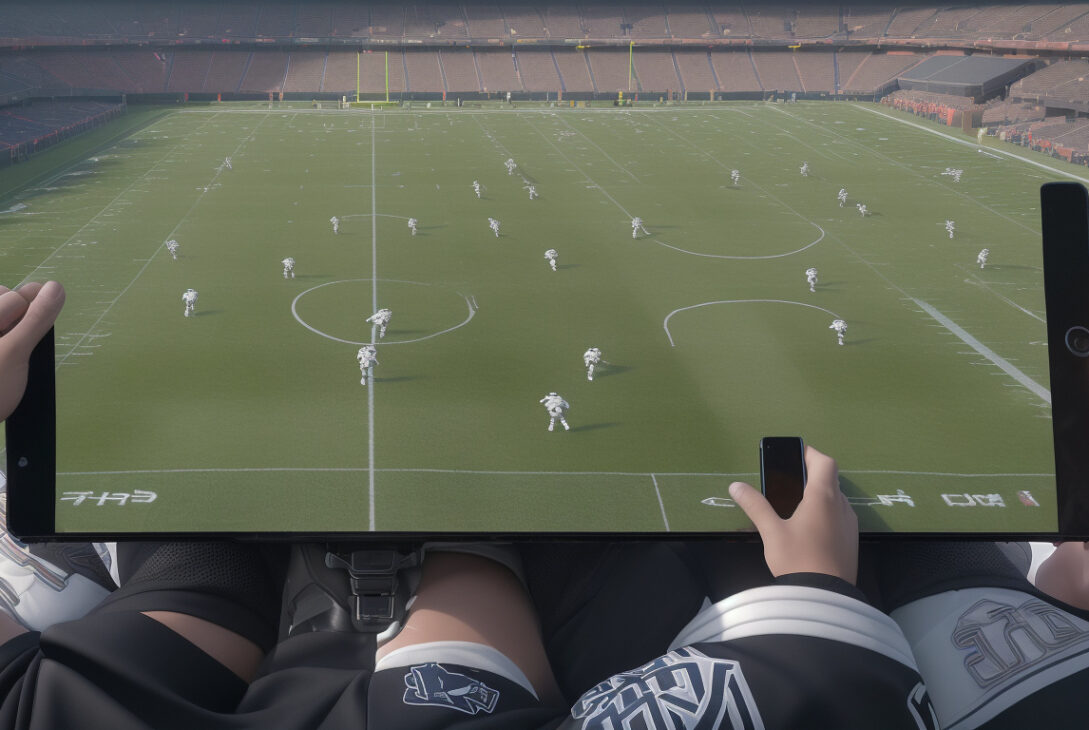How Technology in the FCS is Transforming Team Preparation and In-Game Adjustments
By Dan Thompson, The Spokesman-Review — August 23, 2025
As college football continues to evolve, technology is playing an increasingly pivotal role in shaping how teams prepare throughout the week and make critical decisions during games. This is especially true in the Football Championship Subdivision (FCS), where programs like Eastern Washington University have embraced innovations designed to maximize efficiency and on-field effectiveness, without losing sight of the sport’s competitive essence.
Time is the Ultimate Commodity for Coaches
In football, time is a scarce resource. Teams typically have just seven days to prepare for an upcoming opponent, and this window shrinks further when factoring in travel. Coupled with the nonstop demands of recruiting—which can now span the entire calendar year—coaches and their staff face unprecedented workload intensities.
Montana head coach Bobby Hauck, speaking at the Big Sky football meetings this July, highlighted the intensity: “We’re in junior’s homes in January now. It’s wild. We’re killing our assistant coaches.”
Despite these pressures, nobody is giving up on technology. On the contrary, coaches are leveraging digital tools to streamline scouting and preparation, and to enhance communication during games.
In-Helmet Communication Takes Center Stage
One of the newest tech integrations at the FCS level is in-helmet communication. This technology allows one player on offense and one on defense to receive real-time instructions from coaches on the sidelines or even those in the press box.
Eastern Washington’s offensive coordinator, Marc Anderson, described the preseason experience with in-helmet communication as initially “choppy” but now “fairly functional overall.” According to Anderson, the team’s quarterbacks had to adjust to hearing a voice during play for the first time but have since adapted and enjoy the system.
“We’re not going, ‘Hey Siri, what do you think on second-and-8?’” Hauck quipped, signaling that while technology is a helpful assistant, the human element remains central to coaching decisions.
Tablets on the Sideline: Instant Video and Faster Adjustments
Veteran coaches like Paul Wulff, now heading Cal Poly’s program, recall how far sideline technology has come. When he worked with the NFL’s San Francisco 49ers over a decade ago, sideline tablet use was limited to static photos delivered mid-play—a far cry from the live video now available.
“With tablets, we can make adjustments pretty quickly,” Wulff explained. Video playback on the sidelines enables coaches and players to review recent plays and tweak strategies in near real time, a capability that is significantly advancing the tactical depth at the FCS level.
Eastern Washington employs tablets on the sidelines primarily during games. Marc Anderson said their true value shines when coaching staff and players can review clips and exploit patterns without needing to rely solely on live game observation.
Online Platforms Speed Up Weekly Film Study
The efficiency of preseason and game-week preparation has been further enhanced by online platforms like Pro Football Focus (PFF). These services painstakingly tag and catalog opponents’ plays, transforming game footage into effectively searchable data.
Hauck emphasized the benefit: “When you can interface film with data at the click of a mouse…it makes your staff more efficient.” Coaches can instantly isolate specific play types, personnel groupings, or situational snaps, which used to require hours of manual editing.
Weber State head coach Mickey Mental affirmed the value of data-driven preparation, noting technology’s ability to deliver more information faster, helping coaches refine their game plans.
Players Embrace Technology to Sharpen Their Own Preparation
This wave of technological innovation isn’t just benefiting coaches. Players too are engaging with video-based tools to find an edge. At Eastern Washington, senior cornerback DaJean Wells studies his own game film to detect tendencies that might expose him to opponents’ counters.
“I don’t want to have one technique,” Wells said. “One week I might be more aggressive, some weeks I might be more passive and give a little bit of ground, depending on the receiver and what they do.”
Such self-scouting empowers players to adjust their approach weekly, making game-day execution smarter and more situationally aware.
In-Game Adjustments: Balancing Preparation with Real-Time Adaptation
Despite meticulous preparation, players and coaches agree that the momentum of a game demands flexibility. UC Davis senior defensive back Rex Connors, one of the Big Sky Conference’s preseason stars, prepares extensively but relies on keen in-game observation and instinctive adjustments as the action unfolds.
“For me at least, I try to remember a couple things,” Connors said. “If I see those come up, I’ll have a head start and know what’s coming.”
Offensive players, like UC Davis wide receiver Samuel Gbatu Jr., take similar approaches by testing different tactics early in games and modifying their strategies based on what proves effective.
This blend of advanced prep and adaptability remains the core of football competition, augmented by but never supplanted by technology.
The Balance Between Advantage and Overreliance
While FCS teams are embracing tools like in-helmet communication, tablet video review, and advanced scouting databases, coaches acknowledge the need to maintain balance.
“There’s a point where it’s too much,” said Hauck, cautioning that technology should help coaches and players—not replace their judgment.
Eastern Washington head coach Aaron Best noted that in-helmet communication was adopted largely to combat sign stealing but indicated that his team can still employ traditional signals as a backup, ensuring flexibility regardless of the technology’s reach.
Looking Ahead
As FCS football teams like Eastern Washington continue to integrate technological innovations, the sport’s essence remains intact: preparation, teamwork, execution, and adaptability. Technology enhances these aspects by saving time, providing deeper insight, and enabling quicker adjustments. Still, the game is ultimately decided on the field by the players and coaches who make split-second calls and respond dynamically to competition.
With each offseason bringing new tools and capabilities, the race to harness technology effectively is certain to drive further transformation in college football, from practice fields to final whistle.










